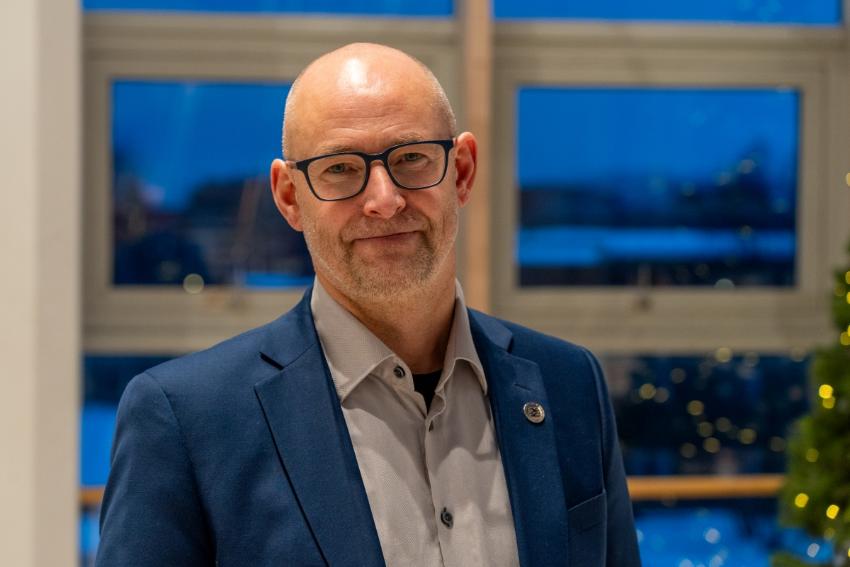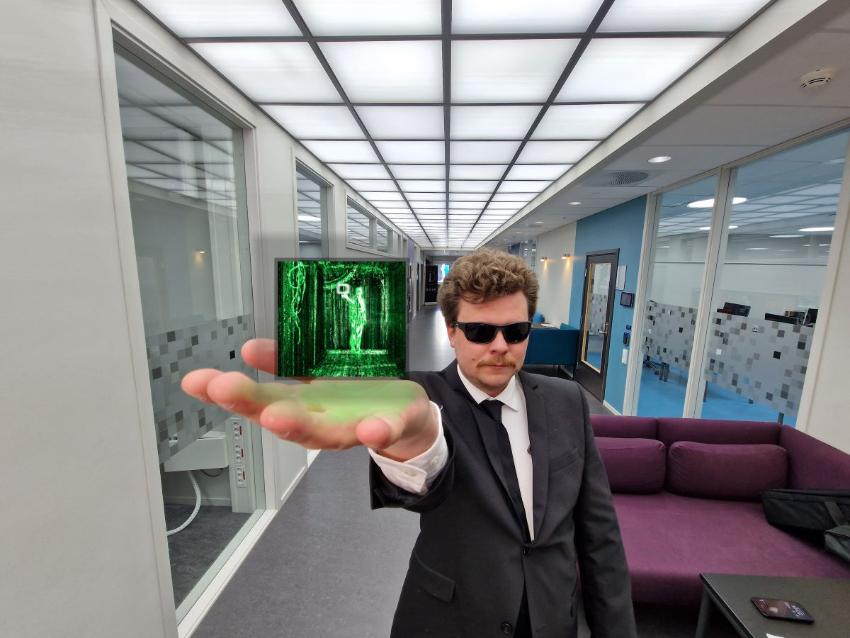“The Convention on the Rights of the Child has given us a common language”
This March, the research group on child law at UiT - Faculty of Law were lucky to welcome Professor Conor O'Mahony as a guest researcher.

During his stay in Tromsø we had a talk with him about the constitutional status of children’s rights in Ireland, Norway and abroad.
Professor O'Mahony, from University College Cork in Ireland explains that children’s rights were originally not mentioned in either the Irish or the Norwegian Constitution. Despite this both the Irish and the Norwegian constitutions were amended in 2012 and 2014 respectively to include provisions on children’s rights.
Even though the provisions are not exactly the same in the two countries, they still share common themes, such as referencing the best interest of the child-principle as well as children’s right to be heard.
A difference he points out is that the Irish constitutional provisions oblige parliament to enact laws in accordance with these principles. In comparison the Norwegian constitutional provision is formulated as a more direct provision of rights.
In addition to his native Irish perspective, Professor O'Mahony is also researching European and global comparative aspects of children’s constitutional rights. Among his research questions are how many constitutions have provisions on children’s rights, and how many similarities there are between such provisions.
When he started this comparative research, he expected to find big differences between different constitutions. Contrary to his initial assumptions, his findings suggests that the commonalities on children’s rights are more apparent than the differences. Examples of common denominators are constitutionalizing children’s rights to education, protection of children from violence, as well as using a dignity-related language on children’s rights.
He points at two factors that can explain these common constitutional themes. First of all, Professor O'Mahony points out that the UN Convention on the Rights of the Child (CRC) has been there since 1989, and that the convention is ratified by every country in the world except for the Unites States. Therefore, the CRC has given us a common language, that since its inception has been gradually making its way into law at the national level.
And second of all, the similarities can be explained by the special characteristics of the constitutional genre. Among other factors, that constitutions tend to be quite short, and that they are written in a style similar to the CRC.
Reflecting on his stay in Tromsø, Professor O'Mahony expressed admiration for the collaborative and supportive academic culture at the UiT Law Faculty. He highlighted the importance of personal connections and collaboration in academic work.
When looking ahead he expressed hope for deepening the connections between UiT and University College Cork, recognizing the shared interests and common goals in the field of child law and constitutional rights. He emphasized the potential for further collaboration, not only among faculty but also for students, to create mutual benefits and opportunities for academic exchange between the two institutions.
Kortnytt fra Det juridiske fakultet


